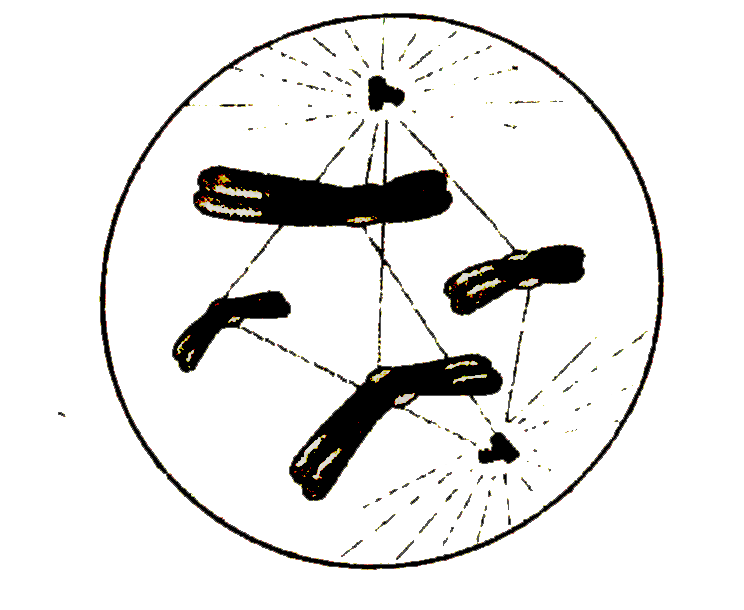By means of labelled diagrams only bring out the essential differences in the structure of a dicotyledonous and a monocotyledonous seed.
To answer the question regarding the essential differences in the structure of a dicotyledonous and a monocotyledonous seed, we will provide labeled diagrams and describe the key differences step by step.
1. Identify the Seeds:
- Dicotyledonous Seed: Example - Bean Seed
- Monocotyledonous Seed: Example - Corn Seed
2. Draw the Diagrams:
- Dicotyledonous Seed Diagram:
- Draw a bean seed and label the following parts:
- Cotyledons (2)
- Embryo
- Seed coat
- Endosperm (not visible or minimal)
- Monocotyledonous Seed Diagram:
- Draw a corn seed and label the following parts:
- Cotyledon (1, known as Scutellum)
- Embryo
- Seed coat
- Endosperm (visible and prominent)
3. Label the Key Differences:
- Cotyledons:
- Dicot: 2 cotyledons
- Monocot: 1 cotyledon (Scutellum)
- Endosperm:
- Dicot: Endosperm is minimal or absorbed by cotyledons.
- Monocot: Endosperm is present and provides nourishment to the embryo.
4. Additional Differences (not essential but noteworthy):
- Protective Structures:
- Monocots have structures like coleorhiza and coleoptile, which are absent in dicots.
- Root System:
- Dicot: Typically have a taproot system.
- Monocot: Typically have a fibrous root system.
- Leaf Structure:
- Dicot: Broad leaves with a network of veins.
- Monocot: Narrow leaves with parallel veins.
Conclusion:
The essential differences between dicotyledonous and monocotyledonous seeds primarily lie in the number of cotyledons and the presence and location of the endosperm.
- Dicotyledonous Seed: Example - Bean Seed
- Monocotyledonous Seed: Example - Corn Seed
- Dicotyledonous Seed Diagram:
- Draw a bean seed and label the following parts:
- Cotyledons (2)
- Embryo
- Seed coat
- Endosperm (not visible or minimal)
- Monocotyledonous Seed Diagram:
- Draw a corn seed and label the following parts:
- Cotyledon (1, known as Scutellum)
- Embryo
- Seed coat
- Endosperm (visible and prominent)
- Cotyledons:
- Dicot: 2 cotyledons
- Monocot: 1 cotyledon (Scutellum)
- Endosperm:
- Dicot: Endosperm is minimal or absorbed by cotyledons.
- Monocot: Endosperm is present and provides nourishment to the embryo.
- Protective Structures:
- Monocots have structures like coleorhiza and coleoptile, which are absent in dicots.
- Root System:
- Dicot: Typically have a taproot system.
- Monocot: Typically have a fibrous root system.
- Leaf Structure:
- Dicot: Broad leaves with a network of veins.
- Monocot: Narrow leaves with parallel veins.
The essential differences between dicotyledonous and monocotyledonous seeds primarily lie in the number of cotyledons and the presence and location of the endosperm.
Topper's Solved these Questions
- MORPHOLOGY OF FLOWERING PLANTS BOOK - ICSECHAPTER - MORPHOLOGY OF FLOWERING PLANTS EXERCISE - Test Your Progress (HOTS)
4 Videos
- MORPHOLOGY OF FLOWERING PLANTS BOOK - ICSECHAPTER - MORPHOLOGY OF FLOWERING PLANTS EXERCISE - Ncert Exercises with Answers
25 Videos
- MORPHOLOGY OF FLOWERING PLANTS BOOK - ICSECHAPTER - MORPHOLOGY OF FLOWERING PLANTS EXERCISE - Test Your Progress (Very Short Answer Type Questions )
35 Videos
- MORPHOLOGY AND ANATOMY OF DIFFERENT SYSTEM OF COCKROACH BOOK - ICSECHAPTER - MORPHOLOGY AND ANATOMY OF DIFFERENT SYSTEM OF COCKROACH EXERCISE - Long Answer type Questions
6 Videos
- NEURAL CONTROL AND CO-ORDINATION BOOK - ICSECHAPTER - NEURAL CONTROL AND CO-ORDINATION EXERCISE - NCERT EXERCISES WITH ANSWER (DIFFERENTIATE BETWEEN)
11 Videos
Similar Questions
Differentiate between the following:
Dicotyledonous seeds and monocotyledonous seeds
View SolutionDraw a labelled diagram of transverse section of a dorsiventral leaf. Differentiate between the internal structures of dicotyledonous and monocotyledonous leaves.
View SolutionDraw a neat and wel labelled diagram of dicot seed.
View SolutionDraw a labelled diagram of the structure of the eye.
View SolutionDraw the labelled diagram of V.S. of maize seed.
View SolutionLabel the diagram and also determine the stage at which this structure visible.

View SolutionDraw the labelled diagram of the gram seed
View SolutionDraw illustrations to bring out the anatomical difference between :
(a) Monocot root and Dicot root
(b) Monocot stem and Dicot stem.
View SolutionDraw a well labelled diagram of the electron microscopic structure of T.S. of centriole.
View SolutionDraw a well labelled diagram of the electron microscopic structure of an eukaryotic nucleus
View Solution
